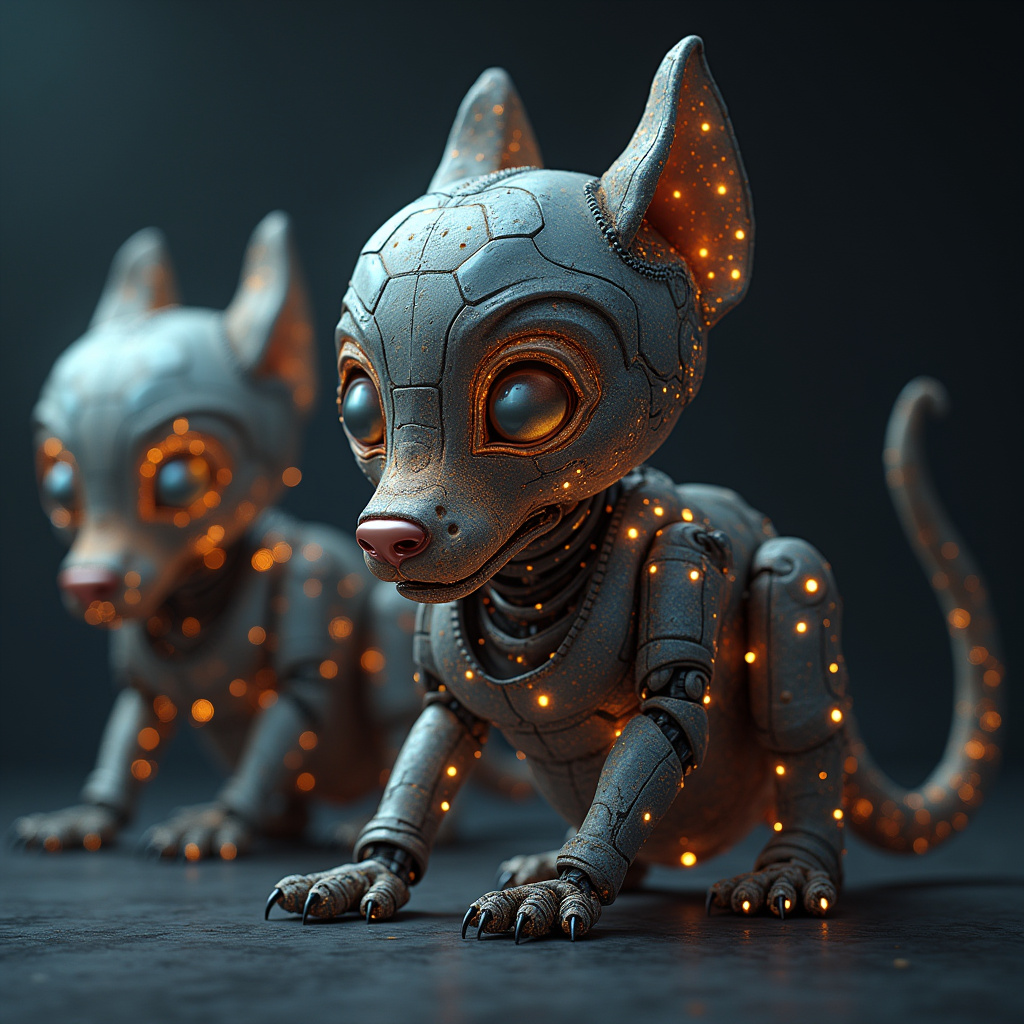Introduction to PicSo API
As we step into 2025, the world of digital art is evolving rapidly, and the PicSo API stands at the forefront of this transformation. With its powerful features, the PicSo API enables developers to create custom AI art applications that cater to various creative needs. Whether you’re an artist, a developer, or just someone curious about AI art, understanding how to integrate the PicSo API can open up a world of possibilities.
What is the PicSo API?
The PicSo API is a cutting-edge application programming interface that allows users to generate, modify, and manipulate digital artwork using artificial intelligence. This API leverages advanced algorithms to create stunning visuals based on user input, making it easier than ever for anyone to produce unique art pieces.
From generating abstract patterns to creating lifelike portraits, the PicSo API provides a versatile platform for various artistic endeavors. Its user-friendly design means that even those without extensive programming knowledge can dive into the world of AI art.
Benefits of Using PicSo API
- Creativity Unleashed: The API allows for endless creative possibilities, enabling users to experiment with different styles and techniques.
- Time Efficiency: With AI handling much of the heavy lifting, artists can save time and focus more on their creative vision.
- Accessibility: The PicSo API makes advanced art creation accessible to everyone, regardless of their artistic background.
- Customization: Developers can tailor applications to meet specific user needs, enhancing the overall experience.
Getting Started with PicSo API Integration
Integrating the PicSo API into your application is a straightforward process that involves a few key steps:
- Register for API Access: Start by signing up on the PicSo website to receive your API key. This key is essential for authentication when making requests to the API.
- Explore the Documentation: Familiarize yourself with the API’s documentation. It provides detailed information on available endpoints, request formats, and response structures.
- Set Up Your Development Environment: Choose a programming language and set up your development environment. The PicSo API supports various languages, including Python, JavaScript, and Ruby.
- Make Your First Request: Use your API key to make your first request. Start small by generating a simple piece of art and gradually explore more complex functionalities.
Creative Applications of PicSo API
The possibilities for applications built with the PicSo API are virtually limitless. Here are a few examples:
- Personalized Art Generators: Create platforms where users can input their preferences, and the API generates customized art based on their selections.
- Social Media Filters: Develop filters for social media platforms that use AI-generated art to enhance user images.
- Art Therapy Apps: Design applications that use AI art creation as a form of therapy, helping users express their emotions through visual art.
Conclusion
As we embrace the future of digital art in 2025, the PicSo API offers an exciting opportunity for developers and artists alike. By integrating this powerful tool, you can unlock new creative potentials and bring your artistic ideas to life. Whether you’re looking to enhance your portfolio, create innovative applications, or simply enjoy the process of making art, the PicSo API is your gateway to a world of endless creativity.




